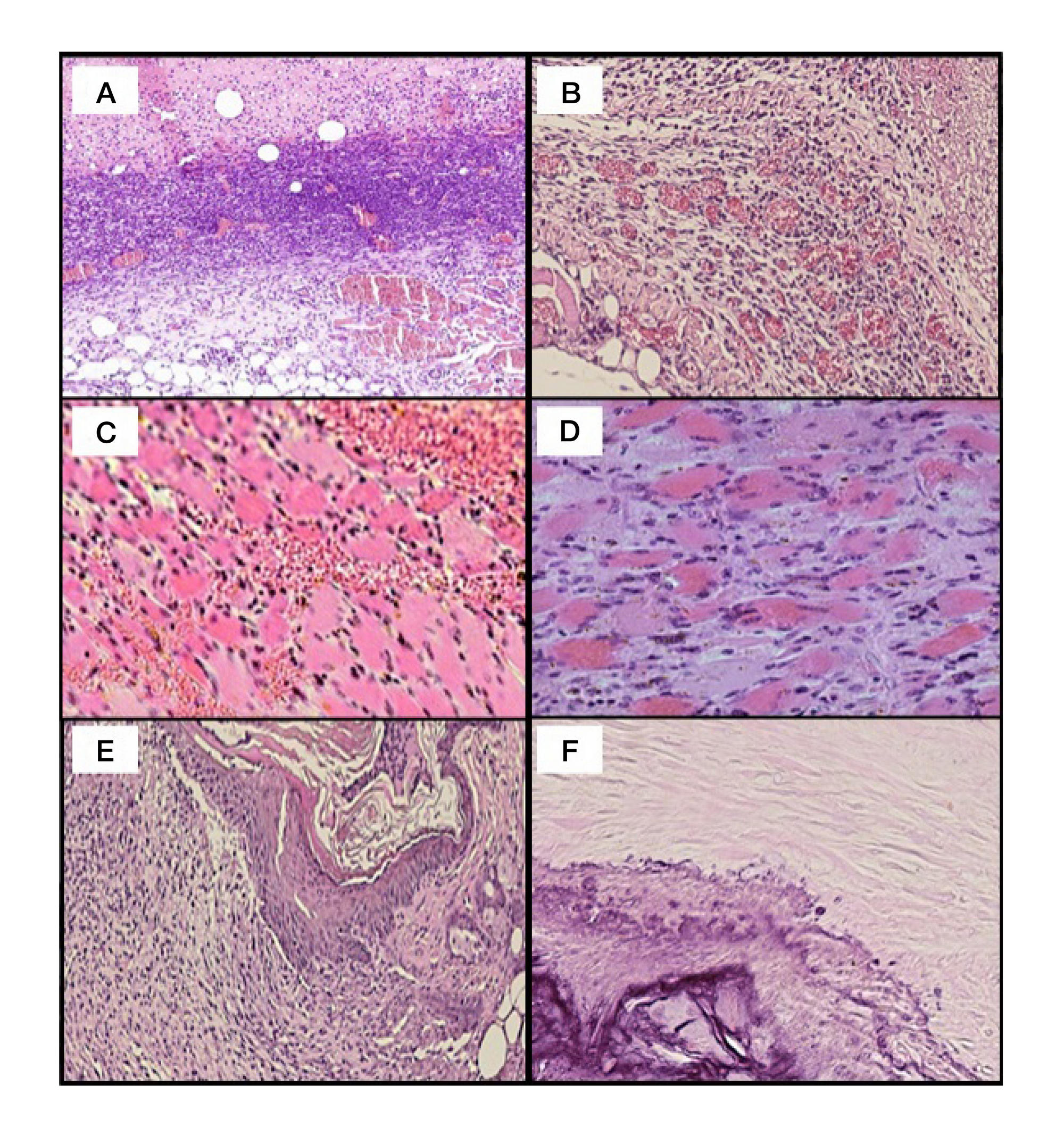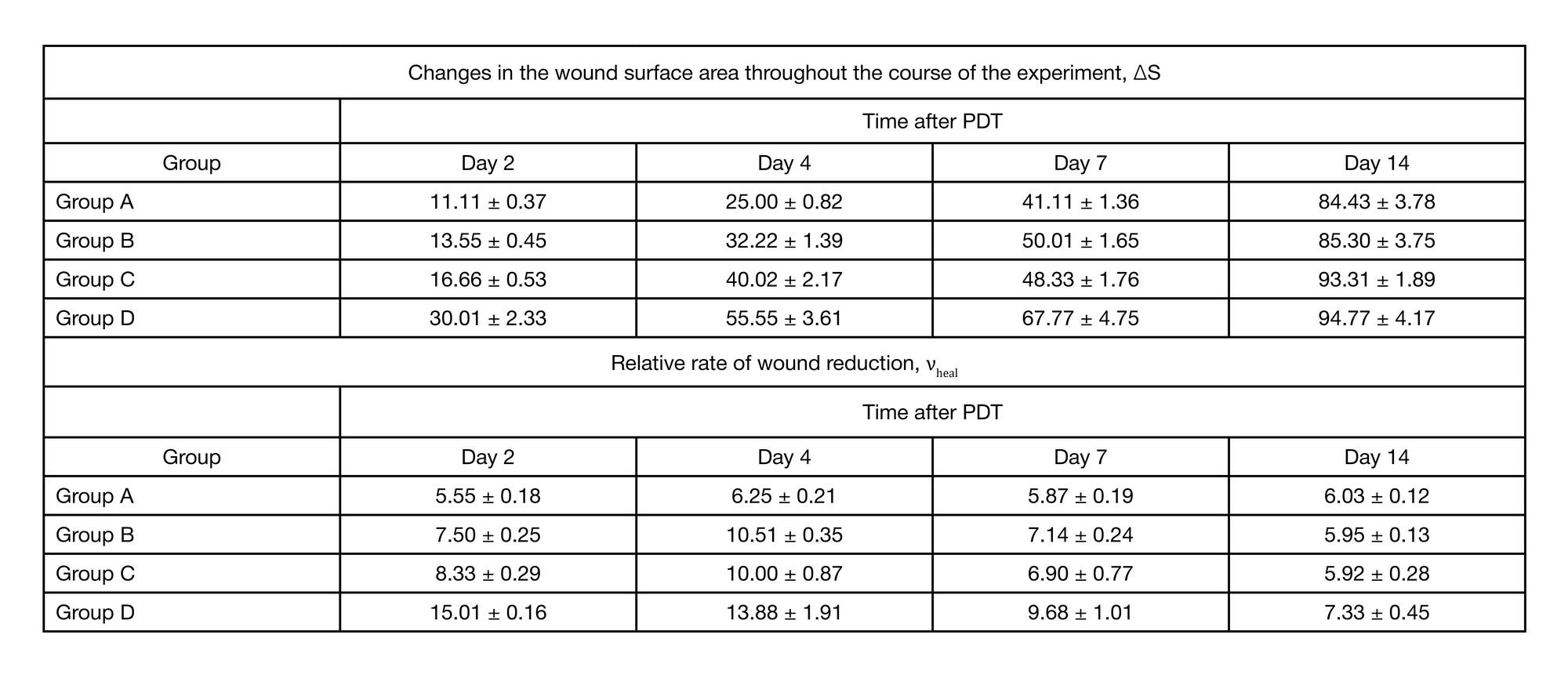
This article is an open access article distributed under the terms and conditions of the Creative Commons Attribution license (CC BY).
ORIGINAL RESEARCH
The use of antimicrobial photodynamic therapy mediated by MC540 in the infected wound model
1 Department of Medicinal Chemistry and Toxicology, Pirogov Russian National Research Medical University, Moscow
2 Laboratory of Biological Research. Institute for Translational Medicine, Pirogov Russian National Research Medical University, Moscow
3 Department of Medical Cybernetics and Informatics, Biomedical Faculty,Pirogov Russian National Research Medical University, Moscow
4 Laboratory for the Ecology of Pathogens, Gamaleya Federal Research Center for Epidemiology and Microbiology, Moscow
Correspondence should be addressed: Tatiana Shmigol
Ostrovityanova 1, Moscow, 117997; moc.liamg@hsithsitat
Funding: this study was supported by the Russian Foundation for Basic Research (Project ID 16-33-00970 mol_a).





